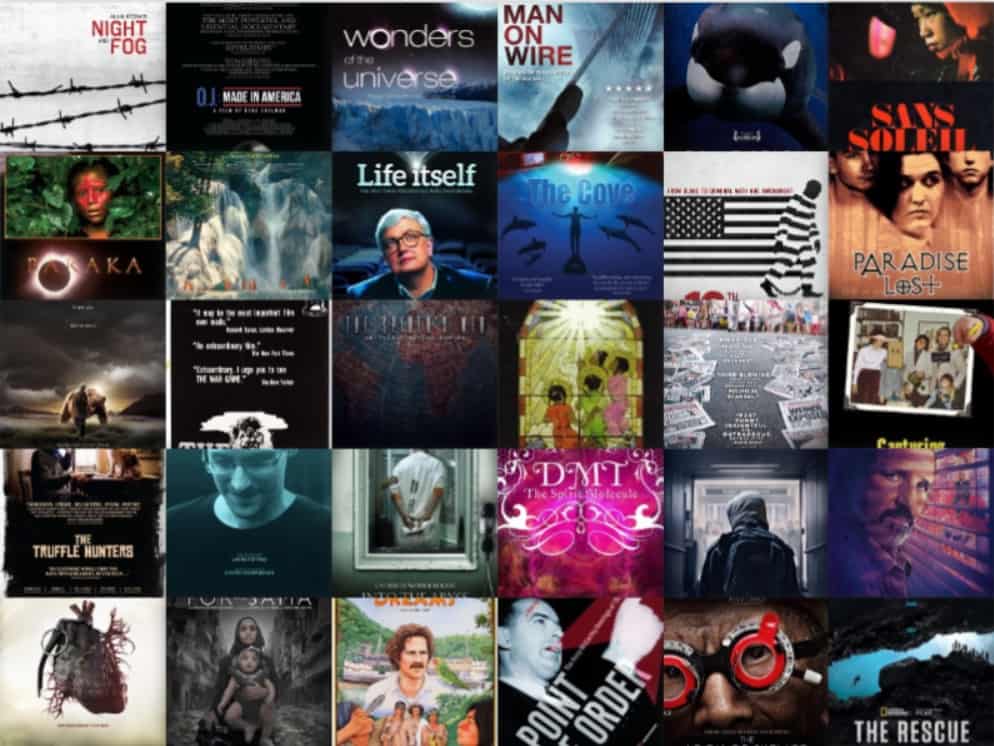Documentaries have a unique power: they turn abstract systems into human stories. For anyone curious about the financial markets, that storytelling can bridge the gap between theory and real-world experience. Sites like DocumentaryTube host thousands of free films spanning history, economics, and social issues — making them an excellent starting point for traders who want more than just numbers on a screen.
Two films stand out as essential primers for anyone trying to understand modern finance. Charles Ferguson’s Inside Job dissects the systemic failures and conflicts of interest that fueled the 2008 crisis, revealing how incentives and regulatory blind spots can destabilize the global economy. The Big Short, adapted from Michael Lewis’s bestselling book, dramatizes that same era — showing how a few sharp minds identified structural flaws and turned analysis into opportunity. These films make complex financial instruments like credit default swaps and collateralized debt obligations accessible through story-driven insight.
Why this matters to traders: documentaries give the macro-level understanding that charts alone cannot. They reveal the “why” behind price action — liquidity shifts, leverage cycles, and the psychology driving volatility. Watching the right films doesn’t replace technical skill, but it enriches your intuition about market behavior.
Turning Insight Into Action
While documentaries help build understanding, traders also need structured environments to apply those lessons safely. Many professionals and aspiring traders now test their consistency and discipline through funded trading challenges — structured programs that assess real-world decision-making under strict risk parameters. These challenges often include maximum drawdown limits, profit targets, and daily loss caps designed to promote discipline over luck.
If you’re curious about what this process looks like or how it works in practice, you can explore a funded trader program that allows individuals to prove their trading skill in a controlled, rules-based environment. Such programs serve as a bridge between simulation and genuine market participation, helping traders turn insight into funded opportunity.
Building a Trader’s Mindset
Pairing documentary learning with structured practice can accelerate growth. Here’s a practical roadmap:
- Extract themes – After each documentary, summarize the key lessons about risk, incentives, or systemic behavior.
- Simulate scenarios – If a film highlights leverage or liquidity crises, backtest or paper-trade similar setups to see the mechanics firsthand.
- Refine risk management – Borrow lessons from institutional discipline: fixed risk-per-trade, daily caps, and clear journaling.
- Reflect regularly – Review both trading outcomes and emotional responses to identify strengths and biases.
This method transforms passive viewing into active skill development. Instead of consuming content for entertainment, traders can use it to deepen their market understanding, identify blind spots, and cultivate the patience and discipline that define successful professionals.
Final Thoughts
Finance documentaries make the invisible forces of the market visible. They expose patterns of greed, innovation, fear, and resilience that repeat through every cycle. Combining that knowledge with structured trading practice — whether through self-designed systems or formal challenges — can turn cinematic lessons into measurable results. The goal isn’t just to predict markets, but to understand them well enough to navigate their uncertainty with clarity and control.


